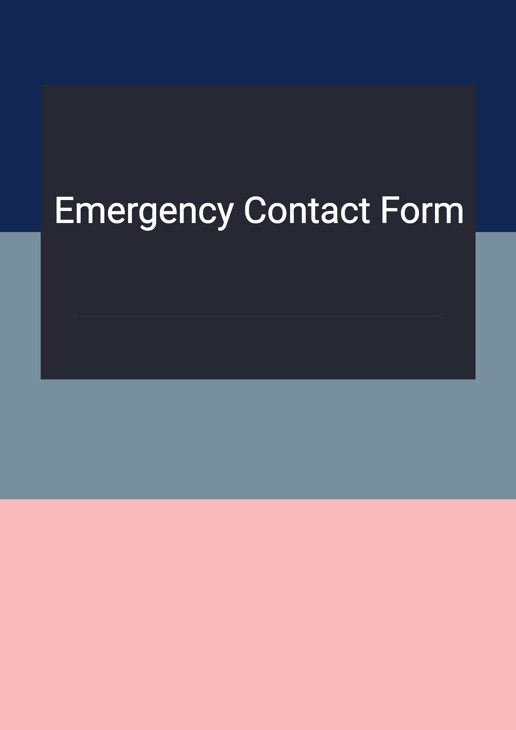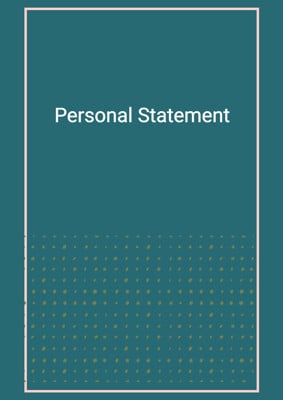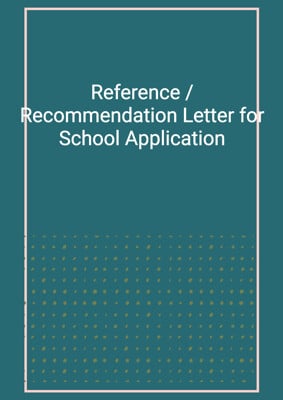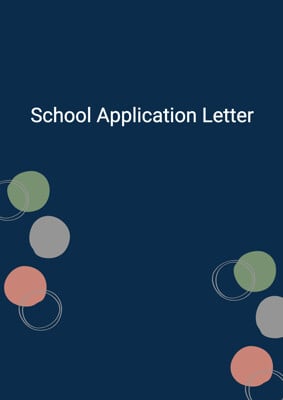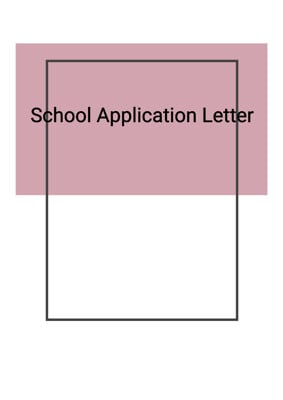How to Tailor the Document for Your Need?
01
Create Document
Click "Create Document" button and the document will be prepared with your account details automatically filled in.
02
Fill Information
Please fill in any additional information by following the step-by-step guide on the left hand side of the preview document and click the "Next" button.
03
Get Document
When you are done, click the "Get Document" button and you can download the document in Word or PDF format.
04
Review Document
Please review the document carefully and make any final modifications to ensure that the details are correct before publication / distribution.
Document Preview
Document Description
The Emergency Contact Form is a crucial document that provides essential information in case of an emergency involving a child. It is important to have this form readily available and up to date to ensure the safety and well-being of the child.
The entire document is divided into three sections: Child's Information, Primary Emergency Contact Information, and Secondary Emergency Contact Information.
1. Child's Information: This section collects important details about the child. It includes the child's name and home address. This information is vital for identifying the child and locating their residence in case of an emergency.
2. Primary Emergency Contact Information: In this section, the form gathers details about the primary emergency contact. It includes the contact's name, relationship to the child, primary phone number, phone number at work, and home address. These details are crucial for reaching out to the primary contact quickly and efficiently in case of an emergency.
3. Secondary Emergency Contact Information: This section collects information about the secondary emergency contact. It includes the contact's name, relationship to the child, primary phone number, phone number at work, and home address. Having a secondary contact is important in case the primary contact is unavailable or unreachable during an emergency.
Overall, the Emergency Contact Form is a vital document that ensures the safety and well-being of a child in case of an emergency. It collects detailed information about the child and their emergency contacts, allowing for quick and effective communication during critical situations.
How to use this document?
To effectively use the Emergency Contact Form, follow these steps:
1. Fill in the Child's Information section with the child's name and home address. This information is crucial for identifying the child and locating their residence in case of an emergency.
2. Provide the details of the Primary Emergency Contact in the corresponding section. Enter the contact's name, relationship to the child, primary phone number, phone number at work, and home address. Ensure that all the information is accurate and up to date.
3. Fill in the Secondary Emergency Contact Information section with the details of the secondary contact. Enter the contact's name, relationship to the child, primary phone number, phone number at work, and home address. Having a secondary contact is important in case the primary contact is unavailable or unreachable during an emergency.
4. Review the completed form to ensure all the information is accurate and legible. Make any necessary corrections or updates.
5. Keep the Emergency Contact Form in a readily accessible location, such as near the child's school or daycare center. Inform the relevant authorities, such as the child's school or caregiver, about the existence and location of the form.
6. Regularly review and update the form as needed. Update any changes in contact information or relationships promptly to ensure the form remains current and effective.
By following these steps, you can ensure that the Emergency Contact Form is properly filled out and readily available in case of an emergency involving the child.
Not the right document?
Don’t worry, we have thousands of documents for you to choose from:
